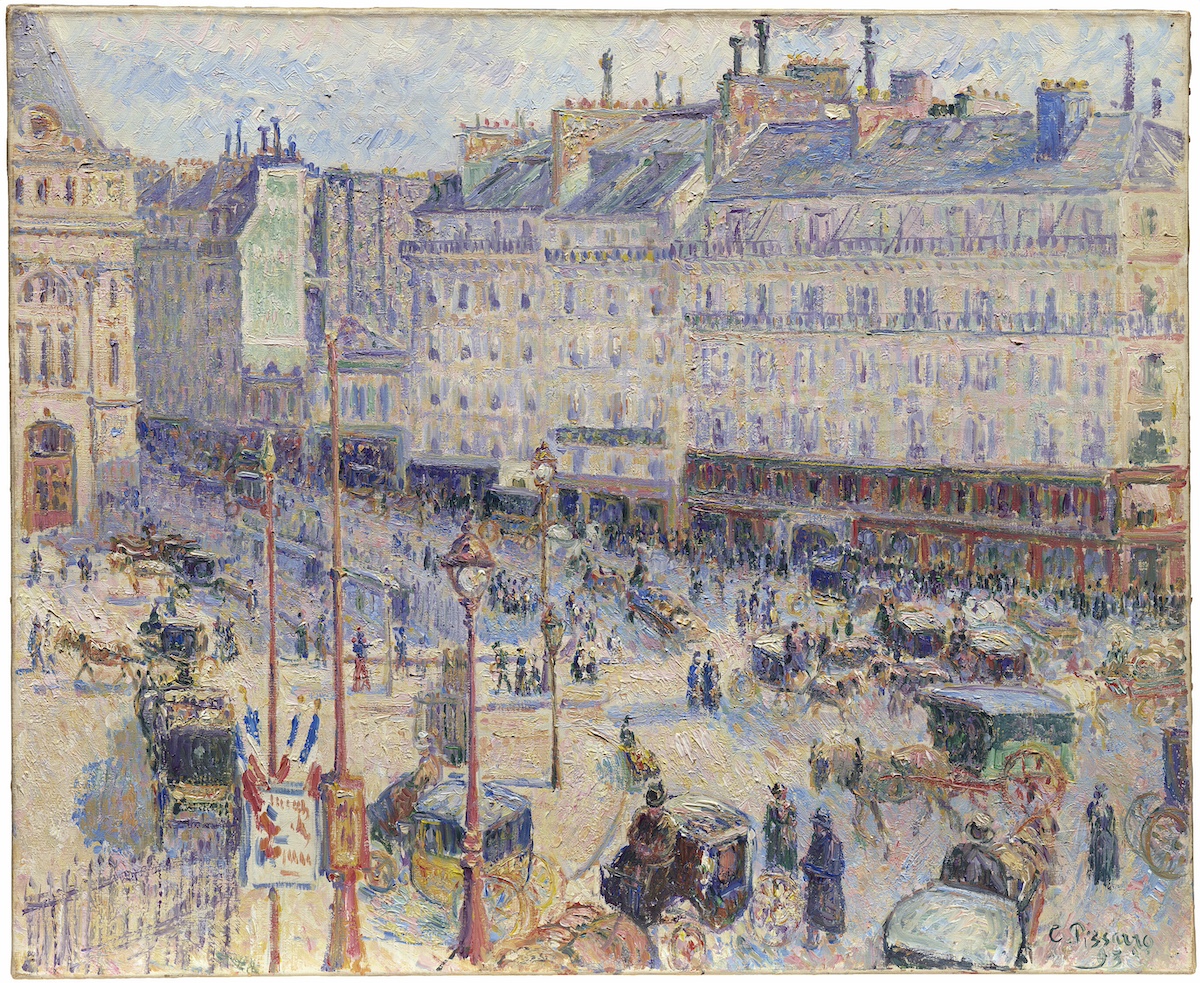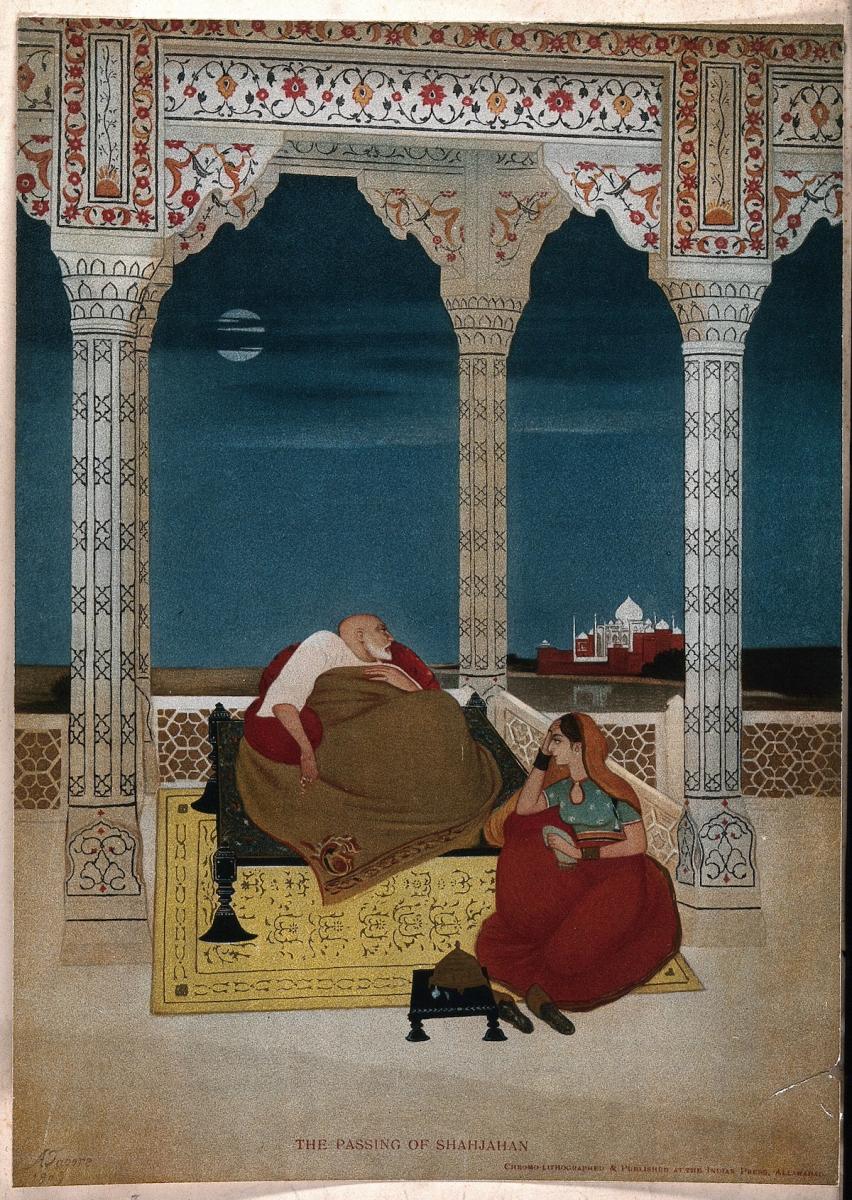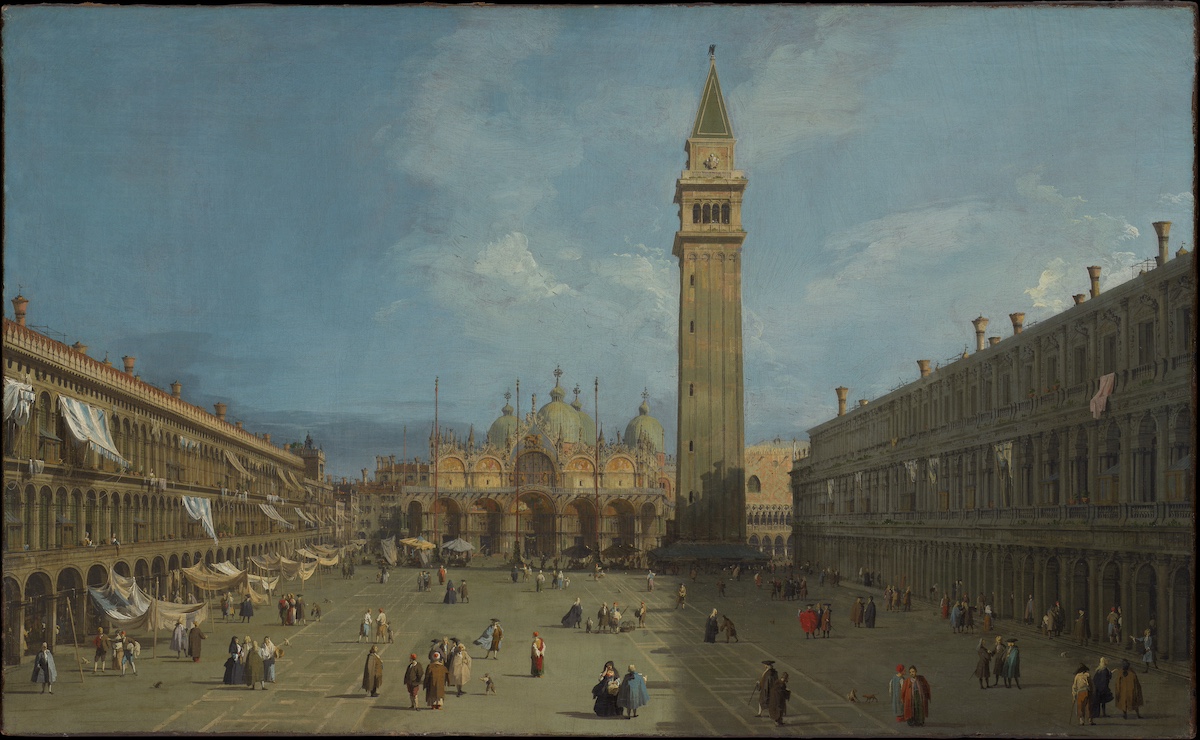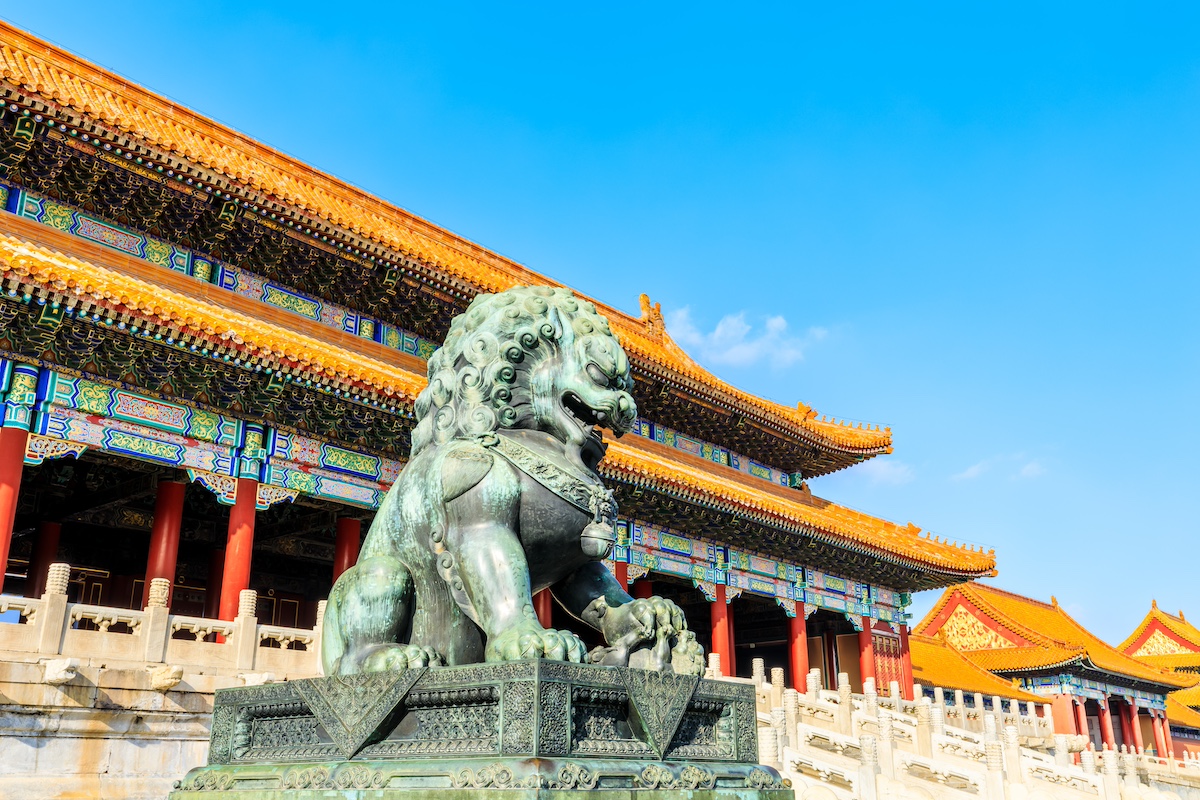This wonderful Cornish workshop and museum is dedicated to the legacy of studio pottery trailblazer Bernard Leach
5 summer artworks to inspire a whirlwind holiday
5 summer artworks to inspire a whirlwind holiday
11 Jul 2024
Pack your bags – it’s time for a holiday. On the itinerary? Five iconic summer destinations, or at least a version of them as captured on canvas by five equally iconic artists
Whether you love a Caribbean cruise, a weekend of culture or an all-inclusive beach resort, we’ve got you covered. So sit back, relax and enjoy your flight to five artworks that represent some of the best holidays on offer this summer.
 The Place du Havre, Paris, 1893, by Camille Pissarro (1830–1903). Image: Potter Palmer Collection, 1922.434/Art Institute of Chicago
The Place du Havre, Paris, 1893, by Camille Pissarro (1830–1903). Image: Potter Palmer Collection, 1922.434/Art Institute of Chicago
A city break in Paris
Open your eyes and find yourself looking out the window of Paris’s Hôtel Garnier, gazing down on the people and pavements of Place du Havre. Camille Pissarro’s 1893 rendition of this busy square came after a period of Neo-Impressionism and marked something of a homecoming to the Impressionist style that had dominated much of his career. Critics ascribe this temporary experiment with Neo-Impressionism with an improved, evolved approach when he returned to his typical stylings in later life.
While most of Pissarro’s contemporaries had moved their attention away from the hustle and bustle of Parisian life, he detected there was still an audience hungry for views of one of Europe’s most beloved cities. Given that more than 30 million tourists visit Paris each year, he wasn’t wrong.
 The Passing of Shāh Jahān, c.1902 or 1905, by Abanindranath Tagore (1871–1951). Image: chromolithograph by the Indian Press after Abanindranath Tagore/Wellcome Collection
The Passing of Shāh Jahān, c.1902 or 1905, by Abanindranath Tagore (1871–1951). Image: chromolithograph by the Indian Press after Abanindranath Tagore/Wellcome Collection
Ticking off a wonder of the world
The story of the Taj Mahal’s creation is almost as famous as the landmark itself – a tragic tale of Mughal emperor Shāh Jahān, who built the monument in memory of his wife and soulmate, Mumtaz Mahal, who died in childbirth.
This painting by Indian artist Abanindranath Tagore shows Shāh Jahān’s final moments, gazing at the famous building he commissioned.
Tagore would go on to become one of the most famous artists in India of the early 20th century, and it was largely this miniature painting that put him on the map. The public perception of Jahān was shifting, or at least being re-evaluated at the time due to the actions and presence of British colonialists in India.
While it may shrink when compared to the Taj Mahal itself, the painful romance of this tiny painting’s subject makes it worth a viewing.

Piazza San Marco, late 1720s, by Canaletto (Giovanni Antonio Canal, 1697–1768). Image: The Met Collection/Purchase, Mrs Charles Wrightsman Gift, 1988
A weekend in Venice
Welcome to Venice… and the 1700s. Our Italian tour guide is Canaletto (Giovanni Antonio Canal), a master of cityscapes and capricci (dreamed-up landscapes), who enjoyed blurring the two.
Thankfully he mostly sticks to the facts with this view across St Mark’s Square, or Piazza San Marco, which swells with tourists over the summer months. Eagle-eyed viewers who also have a knowledge of 18th-century architecture may notice a few liberties: there are fewer windows in the bell tower and the height of the flagstaffs has been extended.
While he may have blurred fact with fiction, Canaletto’s works have nonetheless been used to illustrate the changing face of Venetian buildings, bridges and public spaces, and his extensive portfolio of works offers a captivating view of this historic city as it once looked.
 Inside Beijing’s Forbidden City. Image: Shutterstock
Inside Beijing’s Forbidden City. Image: Shutterstock
A trip inside a living piece of art
Where does art end and architecture begin? Is there even a distinction? A trip to one of the most visited tourist attractions in the world, Beijing’s Forbidden City, certainly gives the impression of entering an all-encompassing masterpiece.
The palace complex draws more than 17 million people every year – almost 50,000 people a day – who can wander its gardens, temples and thousands of rooms. Construction began in 1406 and it took more than one million workers 14 years to finish the job.
In addition to the buildings, the complex is also home to over 1.86 million pieces of art, some of which date to the Ming and Qing dynasties, or even to the Neolithic period.
The museum’s digital collection offers a taste of the glories contained inside this holiday destination, which just so happens to be among the most opulent pieces of art on the planet.
 An April Shower: A View from Binsey Ferry Near Oxford, Looking towards Port Meadow and Godstow, 1842, by William Turner (1789–1862). Image: Helen A Regenstein Endowment 2005/Art Institute of Chicago
An April Shower: A View from Binsey Ferry Near Oxford, Looking towards Port Meadow and Godstow, 1842, by William Turner (1789–1862). Image: Helen A Regenstein Endowment 2005/Art Institute of Chicago
Closer to home
If you can’t quite face the idea of a trip to the airport, or you fancy finding beauty closer to your doorstep, there’s no shortage of picturesque British places to enjoy this summer. William Turner – not that one, but his contemporary, who is better known as Turner of Oxford to avoid confusion – captures the simple joy of a summer staycation in his collection that focuses on the Oxfordshire landscape.
This particular painting is a fantastic example of his Romantic views of local countryside, showcasing his love of people co-existing with nature, all set under the somewhat twee arch of a rainbow. For those after a real day trip, a large proportion of his work can be found in Oxford’s Ashmolean Museum, as well as at the Tate Gallery.
Find out more
For more inspiring arts activities see The Arts Society Magazine, available exclusively to members and supporters of The Arts Society (to join see theartssociety.org/member-benefits)
About the Author
Ciaran Sneddon
writes for The Arts Society
JOIN OUR MAILING LIST
Become an instant expert!
Find out more about the arts by becoming a Supporter of The Arts Society.
For just £20 a year you will receive invitations to exclusive member events and courses, special offers and concessions, our regular newsletter and our beautiful arts magazine, full of news, views, events and artist profiles.
FIND YOUR NEAREST SOCIETY
MORE FEATURES
Ever wanted to write a crime novel? As Britain’s annual crime writing festival opens, we uncover some top leads
It’s just 10 days until the Summer Olympic Games open in Paris. To mark the moment, Simon Inglis reveals how art and design play a key part in this, the world’s most spectacular multi-sport competition



